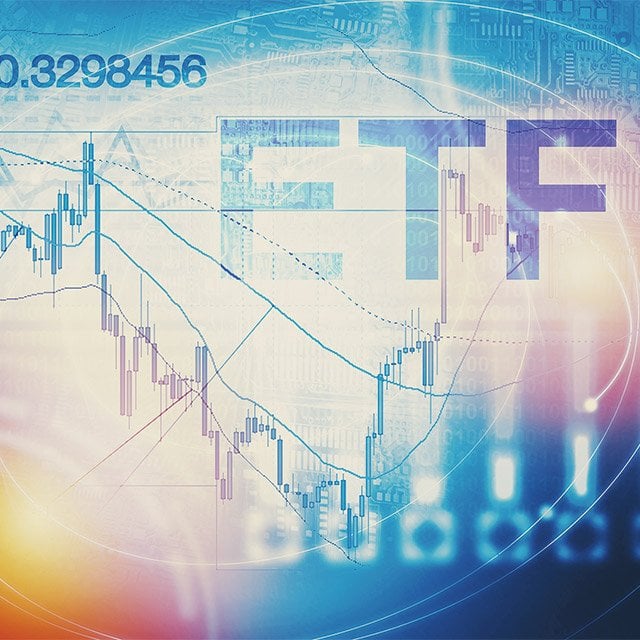Wall Street Just Got Its Most Volatile ETF as Risky Bets Boom

What You Need to Know
The fund looks to offer leveraged returns on MicroStrategy, which invests in Bitcoin and has a 90-day volatility of about 97%.
Leveraged single-stock ETFs debuted two years ago, even as SEC officials sounded the alarm on them.
Asset manager Defiance — known for its thematic offerings — also recently launched a double-leverage Eli Lilly ETF.
In a part of the U.S. market for exchange-traded funds that has become known for increasingly risky products, a new offering has debuted that stands out in the crowd.
Defiance, a $1.4 billion asset manager, on Thursday launched the Defiance Daily Target 1.75X Long MSTR ETF under the ticker MSTX. The fund looks to offer daily leveraged returns on MicroStrategy Inc.
The stock, which has been seen as a Bitcoin proxy because of the company’s holdings of the digital token, has a 90-day volatility of about 97%. That would likely make the new ETF the most volatile in the U.S., according to Bloomberg Intelligence.
For comparison, the same volatility measure comes in at 66% for Tesla Inc. — another stock prone to sizable swings — and 63% for Nvidia Corp., data compiled by Bloomberg show. For SPY, the giant State Street fund that tracks the S&P 500 Index, it’s 14%.
MSTX is the latest entry in what’s become a robust roster of ETFs that use derivatives to offer juiced-up or inverse returns on single companies. As stocks roared higher for much of 2024, these funds have boomed in popularity, attracting billions of dollars and an array of issuers and new products.
But investors in MSTX will potentially face the sharpest swings of them all, says BI’s Eric Balchunas.
“We’re currently in a hot-sauce arms race as more and more issuers look to push the envelope on volatility because there is a market for it,” he said, referring to a moniker he gives riskier funds.
Leveraged single-stock ETFs debuted two years ago, even as U.S. Securities and Exchange Commission officials sounded the alarm on them, particularly for retail investors. While the funds offer a way to tap volatility, they can also compound losses.
And though SEC Chair Gary Gensler said the products “present particular risk,” assets in single-stock ETFs have nearly doubled in each of the past two quarters and are currently around $8.5 billion, BI estimates.
“Leveraged funds tend to be used by tactical traders that understand that these funds may or may not come with heightened volatility,” said Sylvia Jablonski, the chief executive officer of Defiance.
The industry offers funds for all manner of assets, strategies and themes, and companies have been introducing ever-more-complex products to lure cash in a crowded field.
Many are also able to charge more for the products given that larger competitors that typically charge less for their ETFs aren’t participating in leveraged and inverse funds, according to BI.
“Leverage single-stock products have clearly struck a chord with the trading crowd,” said Todd Sohn, an ETF strategist at Strategas. “Vanilla equity is a high hurdle to attract flows, so this is a new frontier, especially for smaller issuers trying to make a dent in the industry.”






